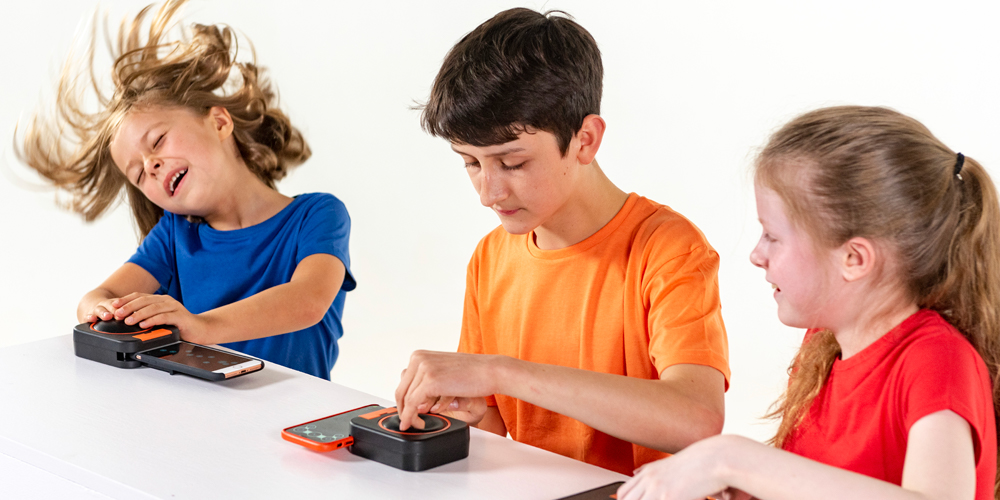Dr. Biddulph, ASD music specialist and Dr. Schögler,
Tip #1 Plan ahead
Plan well before, and beyond, any music session. Take into account the person’s sensory differences and profile – especially any potential stress or anxiety that could occur when trying something new for the first session.
Tip #2 Music as part of life
Make music part of the person’s life not just a ‘lesson’; don’t create artificial barriers such as home or school. Music can be made and enjoyed almost anywhere, so make it so.
Tip #3 Explore sound
Explore sound in as many ways as you can, for
Tip #4 Perform for them
Perform to the child, show them you do it too — don’t just expect them to perform to you whatever your level of musical ability. If you don’t trust the medium as a means of expression, how can the autistic child be expected to?

Tip #5 Record your sounds
Leave the autistic child alone to make sounds, if it is safe to do so. Let them record them and then listen together. You can do this with the free app Skratch. Go on a walk and record the different and ever-changing sounds using the app, then use it as a backing track to play along to.
From experts in the field
We hope these top tips for making music with children who have autism have been useful. They were brought to you by Dr. Schögler, PhD (Co-founder and CEO of Skoogmusic) who is passionate about empowering people to be more creative. Specifically making music accessible for all young people. Dr. Biddulph, ASD music specialist has received national and international recognition and acclaim through his music and autism programme.
To receive more tips on making music with children who have autism. Sign up here.
How can I have a go
To get your very own Skoog 2.0 click the link below:
